Why Architectural Sketches Can Feel Static
Mastering how to add dynamics to architecture and interior sketches and artwork is essential for elevating flat, static compositions into expressive, immersive visual experiences. While precise lines and proportions are the backbone of architectural illustration, dynamics breathe life into the structure—inviting the viewer into a space, not just presenting it.
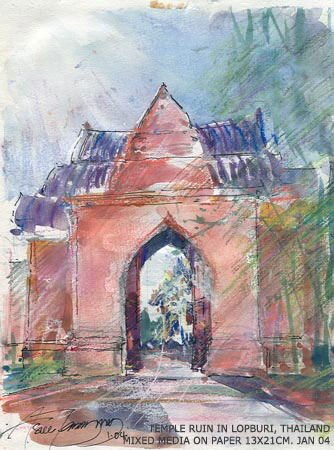
credit: ASNEE
In this post, we’ll explore practical techniques that add movement, energy, and storytelling to architectural drawings. Whether you’re working digitally or traditionally, these principles apply across perspectives, interiors, exteriors, and imaginative environments.
Architectural renderings often focus so heavily on accuracy and scale that they risk becoming sterile. Straight lines, symmetrical frames, and uniform tones create technical beauty, but they sometimes lack emotion or tension. This is where injecting visual dynamics—such as gesture, distortion, lighting, or human interaction—makes all the difference.
The goal isn’t to abandon structure, but to enhance it with narrative force and expressive composition.
Begin With Perspective That Leads the Eye
Dynamic perspective is one of the fastest ways to infuse architectural sketches with energy. Instead of defaulting to one-point or two-point setups, consider:
- Steep three-point perspective to emphasize verticality
- Low or high angles that exaggerate depth and scale
- Forced perspective to create tension or curiosity
- Curvilinear or fish-eye distortion for surreal spatial compression
These angles invite the viewer into the scene, pulling their gaze toward a focal point with deliberate tension.
Use Line Weight for Movement and Atmosphere
Varying your line quality shifts how viewers experience the space. Dynamic line work suggests motion, hierarchy, and focus. Tips:
- Use heavier lines in the foreground and light lines in the distance
- Vary stroke direction to reflect surface or material (wood, glass, stone)
- Use sketchy, gestural strokes to suggest energy and looseness
- Let lines intentionally “bleed” or break to imply atmosphere
This balances control and spontaneity—crucial in energetic architectural artwork.
Integrate Light and Shadow Strategically
Lighting transforms structure into emotion. Strong contrast through high-key lighting or cast shadows injects volume and rhythm. Try:
- Dramatic single-source lighting from a window or spotlight
- Cross-lighting to create intersecting shadows and highlights
- Using tone blocks (ink wash or digital overlays) to push values
Use light direction, shadow mapping, and architectural chiaroscuro as part of your tonal vocabulary.
Suggest Motion Through Human Elements
Adding human figures to your sketch isn’t just for scale—it adds movement, relatability, and implied narrative. Play with:
- People walking through the frame or leaning into architectural elements
- Blurred movement or gestural outlines to create tempo
- Furniture askew, doors ajar, or curtains blowing to suggest occupancy
Even the subtle presence of a figure’s shadow or trace can shift a static space into a story.
Embrace Texture and Surface Detail
Introducing texture adds a layer of tactility and visual complexity. Techniques include:
- Cross-hatching to build atmospheric density
- Dry-brush or stippling to create surface variation
- Scraping, ink pooling, or digital brushes that mimic material grain
Textures echo the real-world materiality of architecture and interior design while helping to control spatial rhythm.
Break the Grid with Organic Interruptions
Modern architectural drawing tends to favor precision, but dynamics emerge when you intentionally challenge symmetry. Break that grid:
- Let nature intrude: plants spilling from balconies, vines across a wall
- Include irregular objects: asymmetrical furniture, stacks of books, found textures
- Use contrasting visual languages—rigid lines with fluid ink, or geometric frames with torn collage
Animate the Space With Repetition and Rhythm
Dynamic energy also comes from visual pacing. Repetition creates rhythm—a tool as effective in architecture as it is in music.
- Repeat doorways, beams, or window patterns with variation
- Use negative space to create pauses or visual rests
- Alternate between densely detailed zones and open areas
This balance of contrast and flow directs the eye in waves, enhancing depth and narrative. Keywords here include architectural rhythm, pattern in design drawing, and compositional balance.
Use Color to Set Mood or Tension
Even when using a limited palette or grayscale, color (or tone) creates emotional velocity. Consider:
- Limited color spots for accent: a red chair in a neutral room
- Cold vs. warm zones to simulate time of day or emotional tone
- Complementary colors or hue gradients to shift spatial perception

Sketchbooks.org | SKETCHBOOK KINDS
How Scientists & Biologists Use Sketchbooks | Scientists Sketchbooks
Observation & Discovery When we think of scientists and biologists at work, we often envision laboratories full of microscopes, high-tech computers, and stacks of research papers. However, a lesser-celebrated yet equally valuable tool plays a...
Frequently Asked Questions
What makes an architectural sketch feel dynamic?
Gesture, varied perspective, expressive line, and intentional composition all contribute to energy and movement.
Should I prioritize accuracy or expression in dynamic sketches?
Start with structure, then loosen for expressiveness—the two can coexist with practice and intent.
Is perspective the most important part of dynamic drawings?
Perspective sets the stage, but line, light, and rhythm are just as crucial in creating movement.
How can I add energy to an interior space?
Focus on lighting, scale contrasts, personal objects, and indirect signs of human presence.
Do I need color to create a sense of motion?
Not necessarily—strong values and gestural marks can evoke movement even in black-and-white sketches.
Can digital sketches be as dynamic as traditional ones?
Absolutely—with the right brushes and gestural approach, digital tools can be just as fluid and expressive.
Should I always include people in architectural drawings?
No, but when used intentionally, figures add scale, story, and implied action.
How do I keep sketches from looking too “perfect”?
Embrace imperfections—let your lines breathe, overlap shapes, or allow unintended textures to guide the piece.
Final Thoughts
Exploring how to add dynamics to architecture and interior sketches and artwork is about balancing precision with spontaneity, logic with emotion. You’re not just drawing buildings—you’re drawing how they feel, how they live, and how people move through them.
By tweaking your perspective, loosening your line, playing with light, and weaving in the human experience, your artwork evolves from representation to revelation. Let your structures breathe, break, dance, and shimmer. That’s where the soul of the sketch lives.
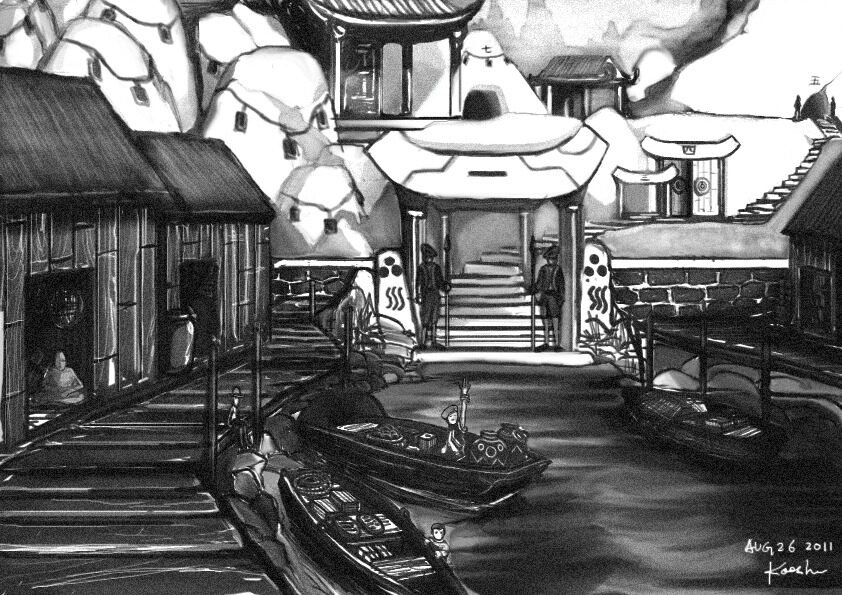
credit: KOOSHA
Ready to Share Your Work?
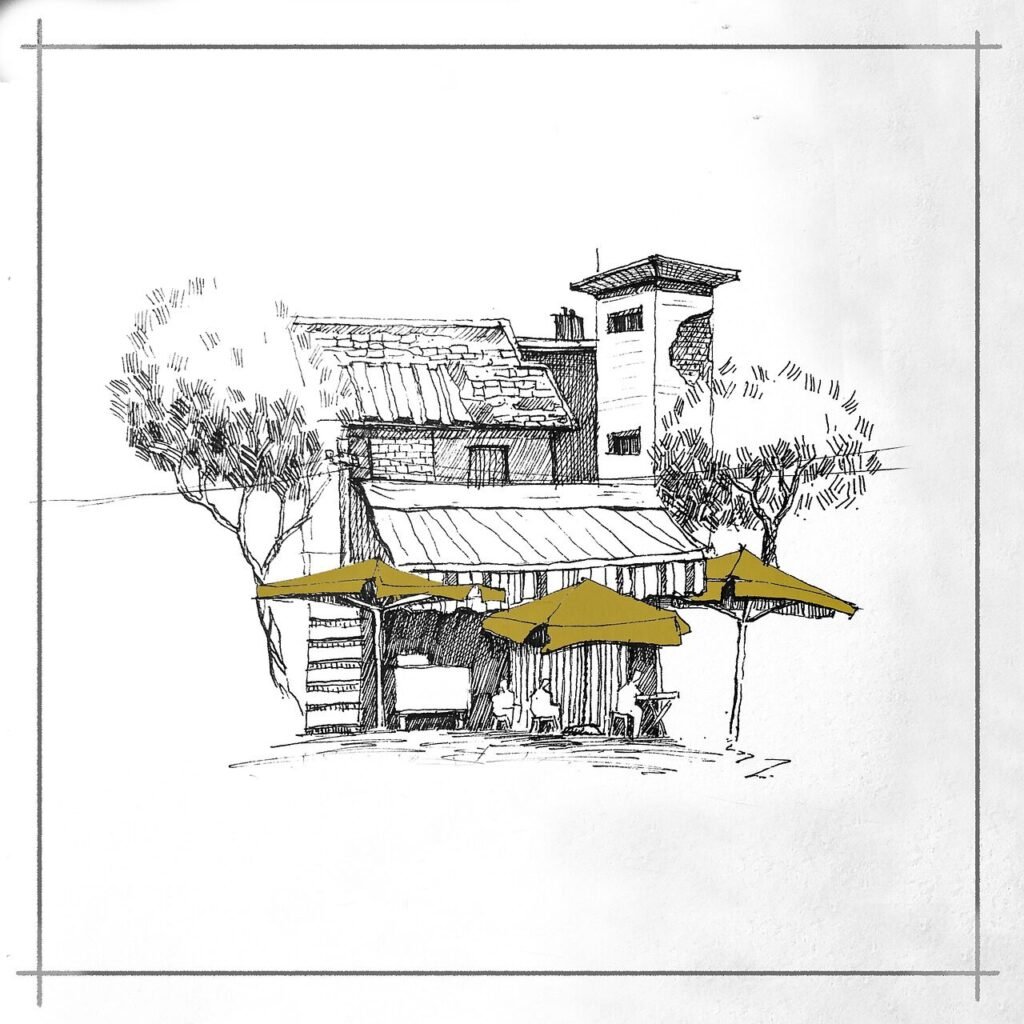
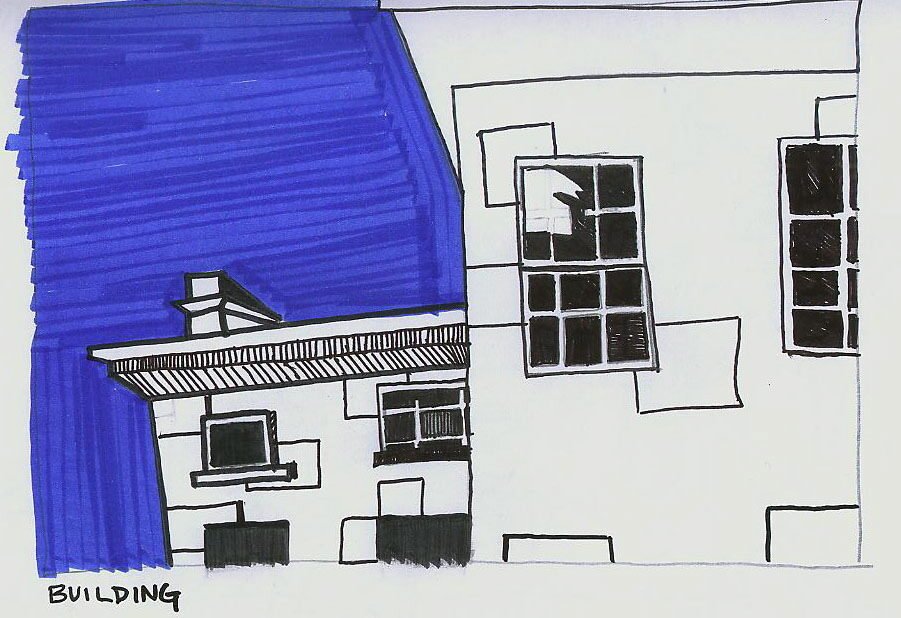
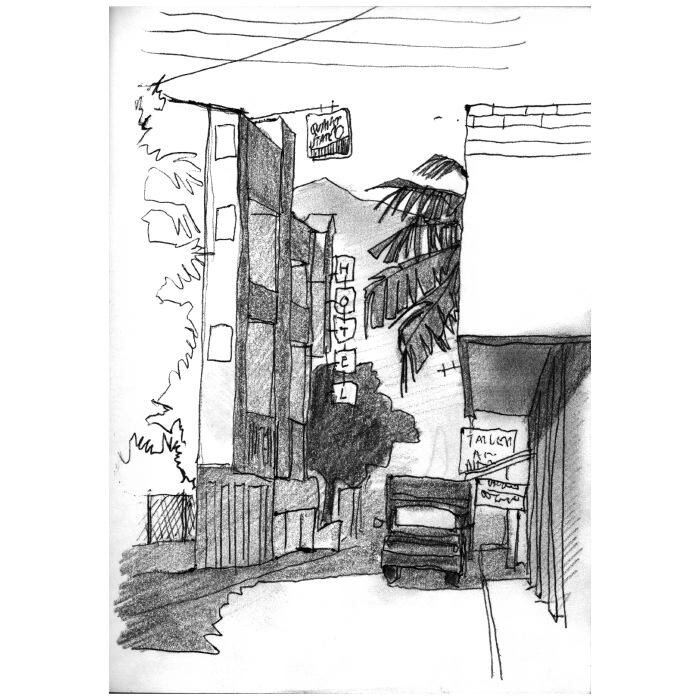
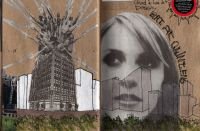
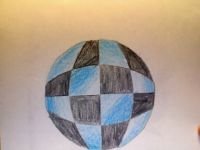
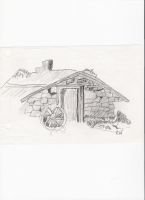

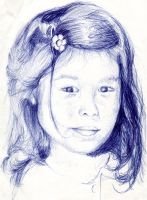
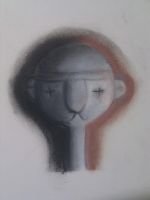
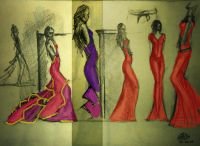

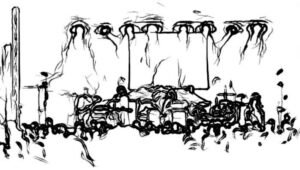
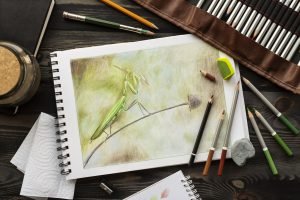
Dynamic doesn’t have to mean messy— clearly.
I tried sketching my apartment corner with looser perspective and it totally worked.
Adding movement made my space sketches feel less sterile.